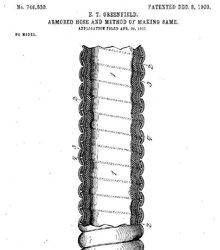For sanity sakes, I want to make sure I did this right. Last night I wired a new basic 15A outlet to my dining room which must of been an addition to the house, many years before I lived there. For some reason, there is only 1 outlet in the entire room so I wanted to add another one that was easily accessible via the shared wall it shares with my living room. A lot of my electrical is old BX style with the metal sheath that is also used as ground. As such, the junction box is metal and has a metal plate and screw that is used to compress the BX shield (as ground) to the metal junction box so the entire box is grounded. At least it tests fine with my basic simple electrical tester.
I have some new Romex style 14/2 + ground and a new plastic junction box and 2 new outlets that I used. One to replace the old existing outlet (might as well) and 1 for the new outlet I've installed. I hooked up hot to hot and white to white as you'd think and I hooked up the ground wire from the ground tab on the new outlet (green screw) and just hooked that to the metal plate that screws the entire BX cable to the metal box as that is the existing ground. I tested the new outlet and it shows up fine on my circuit tester and everything works but just want to make sure this was the right way to do this? I don't need to connect the *old existing* outlet's ground tab to the metal box too do I? Just want to do things right...
Jay
I have some new Romex style 14/2 + ground and a new plastic junction box and 2 new outlets that I used. One to replace the old existing outlet (might as well) and 1 for the new outlet I've installed. I hooked up hot to hot and white to white as you'd think and I hooked up the ground wire from the ground tab on the new outlet (green screw) and just hooked that to the metal plate that screws the entire BX cable to the metal box as that is the existing ground. I tested the new outlet and it shows up fine on my circuit tester and everything works but just want to make sure this was the right way to do this? I don't need to connect the *old existing* outlet's ground tab to the metal box too do I? Just want to do things right...
Jay


